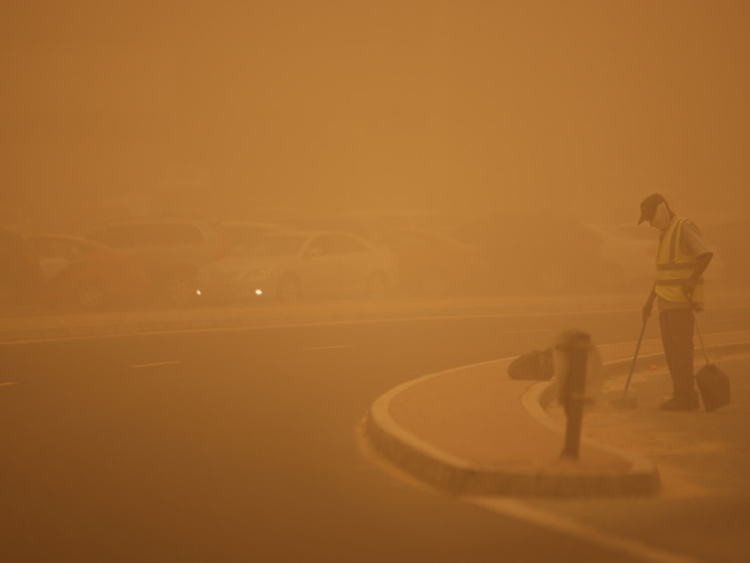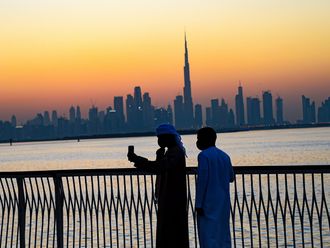
DUBAI A week after the April 2 sandstorm - the biggest in recent memory - swept the UAE, there is still talk about how its thick haze threw life out of gear, leading to traffic jams, flight diversions and a spurt in respiratory ailments. The orange dust cloud, which reduced visibility to less than 50 metres, has since lifted, but news about it sweeping over Indian states like Maharashtra and Rajasthan continues to grab the headlines.
But believe it or not, dust storms are not all disruptive.
Natural supply
A meteorological phenomenon typically occurring in arid regions, dust storms are formed when strong winds blow loose sand or dust from a dry surface.
These particles of dust are transported by saltation and suspension, a process that carries soil from one place and deposits it in another. According to research, sandstorms as a result are a major source of mineral dust, which ensures a natural supply of nutrients for phytoplankton, the basic food on which marine life depends.
Several studies have been undertaken both within and outside the UAE to establish how dust particles whipped up by strong offshore winds actually benefit the marine ecosystem.
Scientists from a UK university who mapped the nutrient content in the Atlantic found that plants grow in the region because of the minerals carried in Saharan dust storms.
Cyanobacteria, a type of phytoplankton, require nitrogen, iron and phosphorous to grow. But while nitrogen is available in the atmosphere, there is little iron or phosphorous in the surface ocean. So it is the sandstorms blowing over the Atlantic that bring with them the missing iron and phosphorous elements.
Food for marine animals
Gulf News reported earlier on a UAE University research project that also set out to understand the nutritive contribution of Sahara dust to the Arabian Gulf ecosystem.
The study sought to identify the sources of the dust and its trajectory, focusing on the marine microbial activities’ role in transforming leachable nutrients from dust to the Gulf ecosystem.
Professor Dr Waleed Hamza, the aquatic ecologist behind the project, was not immediately available for an update.
According to a BBC report on seagulls in the desert of Bahrain, the sands whipped up by the Shamal offshore winds blow into the sea, transforming it into a rich fishing ground as the grains of sand contain nutrients which act as food for the marine ecosystem.













